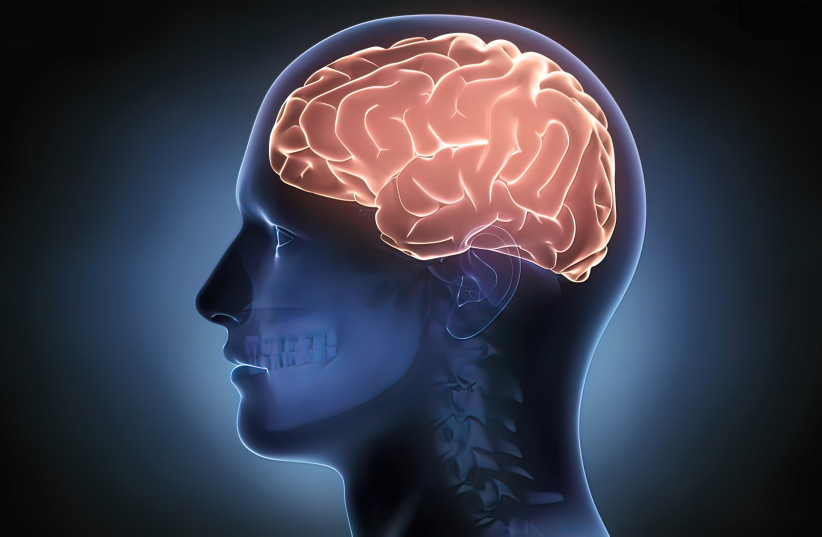Why do we help others? New study reveals part of brain responsible for altruism
According to the new paper, our selflessness and willingness to do good deeds is governed by a specific region in the brain.

Does upbringing, religious beliefs or just being nice induce us to help others? Observant Jews would argue that studying the Torah and other sources as children encourages us to do good deeds.
But according to UK researchers who wrote in the prestigious journal, Nature Human Behavior, and studied patients with brain damage, our selflessness and willingness to do such good deeds is governed by a specific region in the brain. They published their study under the title “Human ventromedial prefrontal cortex is necessary for pro-social motivation.”
Learning about where in the brain ‘helping’ decisions are made is important for understanding how people might be motivated to tackle large global challenges, such as climate change, infectious disease, and international conflict, declared lead author Prof. Patricia Lockwood, a cognitive and social neuroscientist researcher at the Universities of Birmingham and Oxford.
She and her colleagues showed for the first time how a region called the ventromedial prefrontal cortex (vmPFC) has a critical role in encouraging “pro-social” behaviors. It is also vital for finding new approaches to treating disorders of social interactions.
Every day, we make choices between effort and reward like whether to go to the gym or stay at home, or between helping a colleague and watching TV. It’s not always pleasant to make an effort, they wrote. “If two courses of action are connected with different amounts of effort but the same reward, people will choose the option requiring less effort.

“Pro-social behaviors are essential for addressing global challenges. Yet helping others is often effortful, and many humans don’t like to make such efforts. Understanding how helping decisions are processed in the brain is extremely important,” they continued.
The study
IN THE STUDY, the researchers focused on the vmPFC, a region located right at the front of the brain that is known to be important for decision-making and other executive functions. Previous studies using magnetic resonance imaging (MRI scanning) have linked the vmPFC to choices that involve a trade-off between the rewards available and the effort required to obtain rewards. However, these techniques cannot show whether a part of the brain is essential for these functions.Each choice the participants made varied in how much bonus money for them or the other person was available, and how much force they would have to exert to obtain the reward. This allowed the researchers to measure the impact of reward and effort separately, and to use advanced mathematical modeling to precisely quantify people’s motivation.






